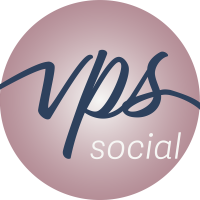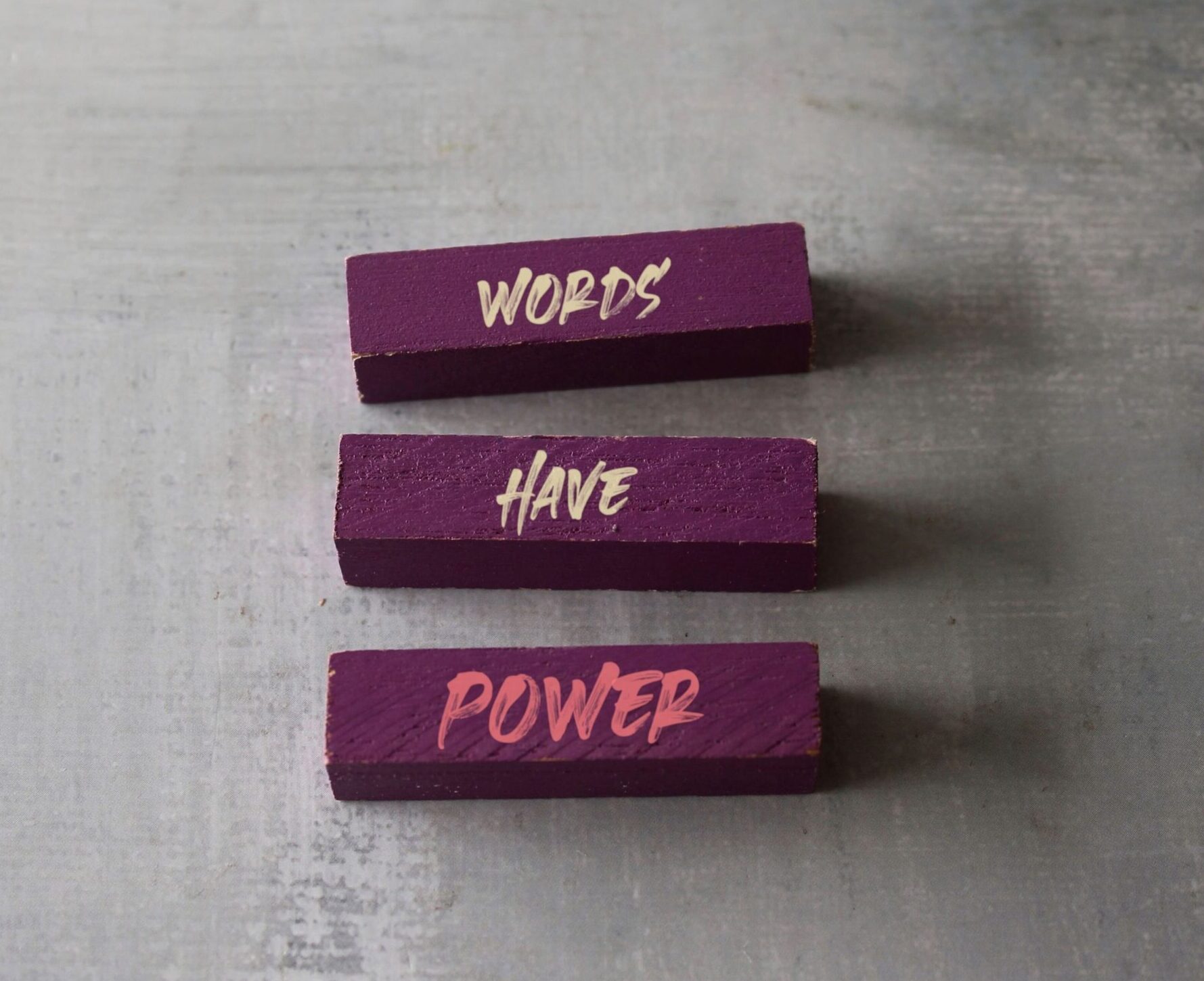Once you understand the power of storytelling, the next challenge is figuring out how to share your brand story in a way that genuinely resonates with your audience. It’s not enough to tell a story—you need to tailor it to your audience, meet them where they are, and make it relatable across different platforms.
Know Your Audience
To craft a story that hits home, you need to know who your audience is and what they care about. Are they small business owners striving to grow their brand? Are they solopreneurs who want to feel empowered in their journey? When you understand their struggles, goals, and desires, you can align your story with their reality, making it easier for them to connect with your message.
Scenario: You run a business coaching service targeted at new entrepreneurs. Instead of simply promoting your service, you could share stories of clients in the same position as your audience—struggling to scale their business or manage cash flow. By weaving their success stories into your marketing, you give your audience hope that they can achieve the same results.
Be Vulnerable and Real—Share the Good and the Bad
Authentic storytelling is not about perfection. It’s about showing the human side of your business, including the missteps and challenges. Vulnerability humanizes your brand and makes it relatable. You tend to come across as more trustworthy when you share your vulnerabilities.
For instance, if you’re a content creator who struggled to gain traction initially, share that experience. Talk about the sleepless nights and hurdles and how you overcame them. It helps build empathy and shows that success is attainable, even if the road is bumpy.
Scenario: If you’re a solopreneur launching a new product, share your excitement and fears when starting. For instance, you could create a LinkedIn post about the struggles of manufacturing delays or product tweaks that didn’t work out. Showing both sides of the story humanizes your brand and helps your audience feel more connected to you.
Use Visual Storytelling on Instagram
Instagram is a visually driven platform that offers numerous tools to help tell your brand’s story. Through photos, videos, Stories, and Reels, you can showcase your brand in a creative, engaging way.
Tip: Use Instagram Stories to give your audience a behind-the-scenes look at your business. Whether packaging orders, brainstorming ideas, or interacting with customers, these real-time moments help create a bond with your followers.
Tip: Leverage Instagram Reels to share quick, bite-sized moments of your journey. For example, a solopreneur might create a Reel showing a “day in the life,” highlighting the exciting and challenging aspects of running a one-person business.
Scenario: A small business that creates handmade jewelry might post a Reel showcasing the process of designing a custom piece. By sharing each step—sketching, selecting materials, and handcrafting the final product—the audience gets a sense of the care and craftsmanship involved. Pair this with a caption that explains the inspiration behind the design, and you’ve created a compelling, authentic story.
Establish Thought Leadership on LinkedIn
LinkedIn provides a platform for small business owners and solopreneurs to position themselves as thought leaders. Sharing your expertise and experiences through long-form posts, articles, and even short videos helps establish credibility in your field.
Tip: Post articles that dive deep into your journey—what worked, what didn’t, and lessons you’ve learned. The more value you provide, the more your audience will engage and look to you for guidance.
Scenario: If you’re a content creator, you might write a post detailing how you built a loyal audience from scratch. In this post, share real lessons—both the wins and the failures—and offer actionable tips for others. By providing this value, you tell your story and demonstrate your expertise, building trust with your audience.
Utilize User-Generated Content on Facebook
User-generated content (UGC) is one of the most powerful forms of storytelling because it comes directly from your audience. By sharing their experiences with your brand, your customers become advocates, building credibility for your business.
Tip: Ask your audience to share their personal stories about your brand with a branded hashtag. Feature these stories on your feed, creating a sense of community around your brand.
Scenario: Suppose you run a fitness business, and your clients are achieving incredible results with your training programs. Encourage them to share their success stories on Facebook using a branded hashtag. Repost these stories on your page, adding your commentary or background on how you helped them reach their goals. This showcases your impact while also engaging your community.
Maintain Consistency in Your Brand Story
Each social media platform has its strengths, but it’s important to maintain a consistent narrative across all channels. Whether posting a visual story on Instagram or writing a thought leadership piece on LinkedIn, ensure your message stays true to your core values.
Tip: Develop a content calendar outlining the stories you’ll share on each platform. For example, Instagram might focus on behind-the-scenes visuals, while LinkedIn can feature more in-depth thought leadership content.
Scenario: A small bakery could use Instagram to post beautiful photos of its baked goods while sharing the story of how the founder learned to bake from her grandmother. On LinkedIn, the same bakery could share posts about the challenges of scaling a family-run business. The content is platform-specific, but the narrative—centered around family values and tradition—remains consistent.
Conclusion
Authentic storytelling is the key to building meaningful connections with your audience. It’s not about having the perfect message or selling a product—it’s about sharing who you are, what you believe in, and how you can help your audience achieve their goals. By using the power of storytelling on social platforms like Instagram, LinkedIn, and Facebook, you can create a loyal community around your brand, stand out from the competition, and ultimately drive business growth.








